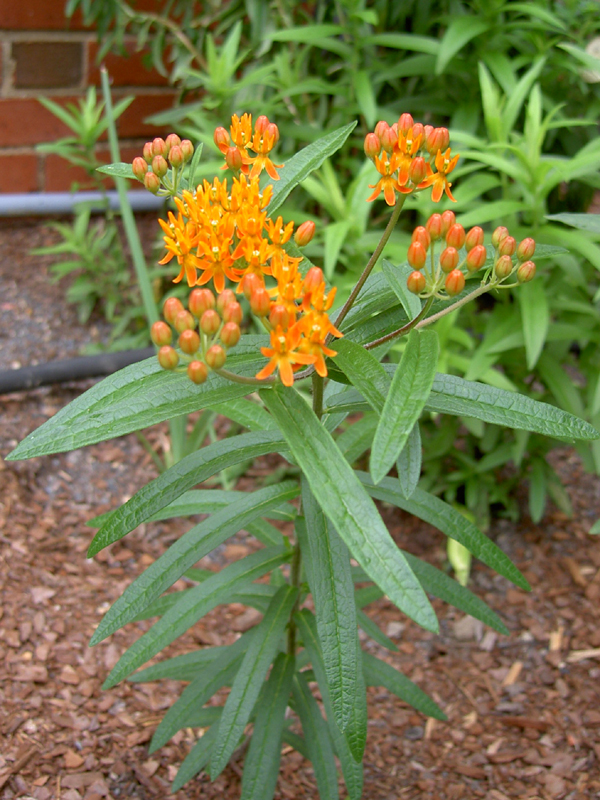The echoing silence around here has been due to our absence. We were off in the Great White North last week, visiting family and collecting blueberries from the family farm. Usually when we arrive this time of year the bushes are laden with fruit, so much so that it’s impossible to pick them all. Along with the fruit, the bushes are typically crawling with all manner of wasps and hornets which feast on the berries as they become overripe. Despite our best efforts each year, we’ve never been able to pick the bushes totally clean.
This year the bushes were the barest I’ve ever seen them; oddities of weather meant that the crop was unusually small. The scarcity when we arrived was also due in part to the decision to allow pick-your-own folks to access the field without set hours; the easy to pick berries at eye and hand level were all gone. Berries remained at the interior of the bushes and at heights that required one of us to stand on a stool while the other held the bucket. In addition to these, some bushes were dotted with second round berries, those that were left to ripen after the bush was picked nearly clean earlier in the season. As a result, we spent more time in the field this year for fewer berries. The weather was gorgeous, clear and much cooler than home, even on the hottest days. It was nice to be outside, and I lost track of time each day as I usually mark the hours passing by the number of berries in the buckets.
Now that we’re back home we’re eating berries in our cereal, I’m freezing some for the winter, and I’ve made one pie and some sauce to go over the angel food cake we had for my partner’s birthday. There’s a recipe for pickled blueberries that seems to be something like a sweet relish or chutney that I’m interested in trying, but I may decide that we don’t have enough berries to spare for that. I remind myself that the berries will grow again next year; I’m sure I’ll be convinced, as I am each year, to share some with our friends.
